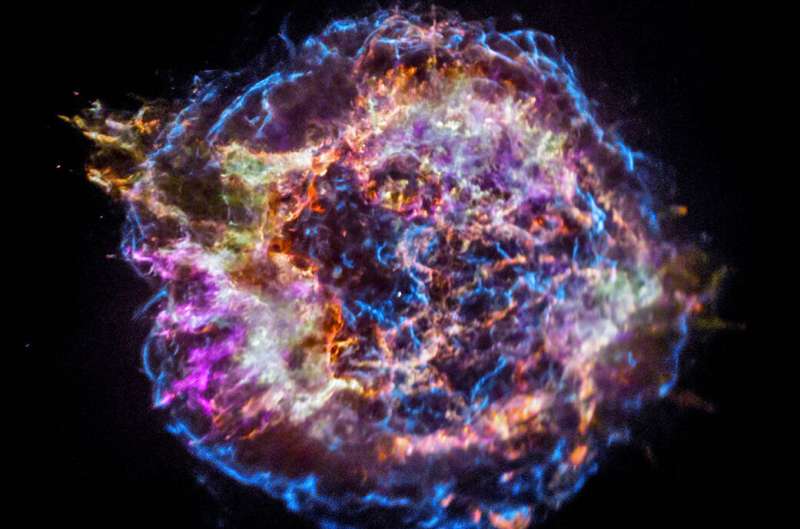Why have so few Milky Way supernovae been observed over the last millennium?

Our galaxy hosts supernovae explosions a few times every century, and yet it's been hundreds of years since the last observable one. New research explains why: It's a combination of dust, distance and dumb luck.
The last supernova to be noted in any kind of reliable source occurred in 1604, as recorded by many astronomers around the globe, most notably Johannes Kepler. At the time, nobody had any idea why or how these "new stars" appeared in the sky (and then disappeared). Today, we know the answer: They are the result of either the death of a massive star, or a runaway nuclear event on a white dwarf.
Astronomers have also been able to calculate the typical supernova event rate for a galaxy like our own, and it comes out to a few of these explosions every hundred years. But in the four centuries since Kepler's famed event, there isn't a single reliable eyewitness account of a new star appearing in our skies. And that's despite the fact that in those centuries, our technological ability to monitor the sky has exploded (pun intended).
It's not that the Milky Way is somehow not producing supernovae, according to a new research article appearing in the preprint journal arXiv. For example, the Cassiopeia A nebula is a remnant of a supernova that went off about 325 years ago—and yet nobody saw it.
So what gives? Why aren't we seeing more supernova? According to the research, it all comes down to location, location location. Most supernovae occur in the thin, star-filled disk of the galaxy. And yet that's where most of the dust is—dust that is exceedingly good at blocking light signals. Similarly, the core of our galaxy hosts many more supernovae than average… and a lot more dust.
In order to be observable to the naked eye, the supernova has to occur in just the right location in the galaxy: close enough and with a clear enough view. Combining these effects with the estimated supernova rate reproduces humanity's written historical record of observable events.
And yet, there's a catch. The astronomers' model predicts that most of the naked-eye supernovae should occur near the direction of the galactic center. But most of the recorded supernovae don't happen near there at all. It could be that the impact of spiral arms, which can trigger their own round of star formation and associated supernovae, play a role, but that will require further investigation.
So when do we get to see another light show? The researchers estimate that we have about a 33% chance of observing the next death of a massive star, and a 50% chance of seeing the next destruction of a white dwarf. As to when that will occur… well, that's purely up to chance.
More information: Witnessing History: Rates and Detectability of Naked-Eye Milky-Way Supernovae. arxiv.org/abs/2012.06552 , arXiv:2012.06552v1 [astro-ph.SR]
Source Universe Today





















